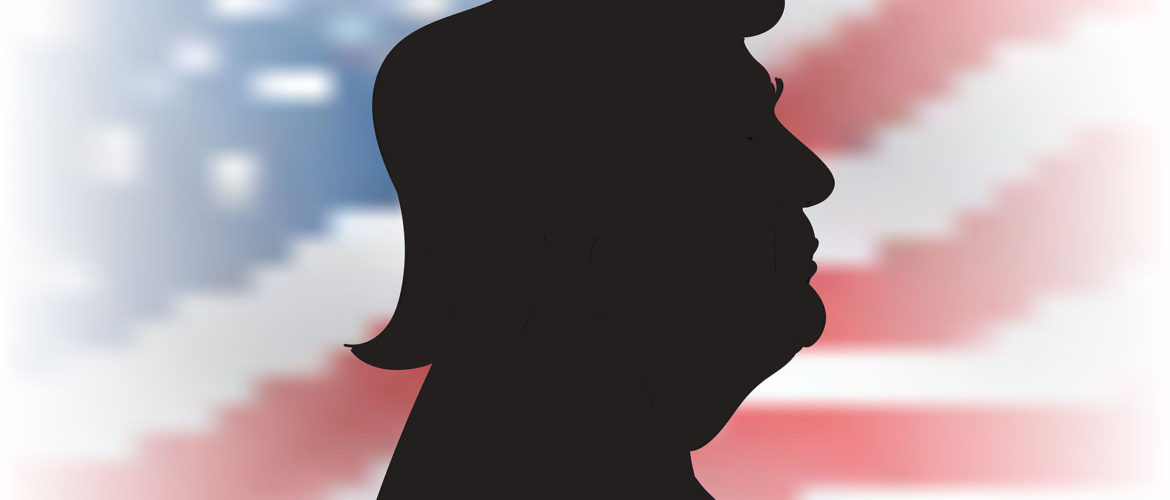How Trump’s Tariffs Are Threatening the International Art Market

While all attention is currently on how newly elected US President Donald Trump will affect the global economy, it’s important to recognize his influence in sectors seemingly far from global politics. There have been growing concerns that Trump’s tariffs might hit the art market hard, making it more expensive and challenging to trade with the US. The United States is the world’s largest art market, which accounted for 42% of sales in 2023. So, it is understandable that the new tariffs may scare off buyers of art, collectors, and galleries, which will be less inclined to engage in cross-border transactions.
The problem in the given case lies not only in tariffs as such (the application of which is yet unclear) but also in the immense degree of unpredictability. President Trump has already demonstrated a propensity to announce radical policies and then postpone their implementation, which naturally leads to great confusion in the art market. Exhibition managers, who usually spend months selecting pieces from all over the world, find it particularly difficult to work in such unpredictable conditions. The risk of arbitrary application of the law is also high, as the ultimate decision to apply tariffs often depends on the subjective interpretation of Customs and Border Protection officers.
Who Will Get Hurt the Most by Trump’s Tariffs
Deals involving exceptional, rare art pieces will likely be affected less by Trump’s tariffs. Buyers are typically ready to pay a bit extra when millions of dollars are at stake. However, the impact of trade restrictions on the lower price segment will be much more dramatic. Investors may shift attention to more profitable investment options, such as real estate, stocks, and shares.
The art market is already very price-sensitive, so purchasing artworks from abroad might become unprofitable for many. Should retaliatory tariffs be implemented, acquiring art from the USA will also become difficult. For now, it appears that artists from Asian countries, Canada, and countries of Latin America, such as Mexico, will be hurt the most by the tariffs.
In fact, it is not only the art industry that will likely be affected. Any cultural works and products of creative activity, such as books or movies, might fall prey to the new economic policies. As a result, the cultural exchange between the USA and countries such as Canada may be significantly impeded. For now, the only solution for the art market actors is to closely monitor the situation and hope that the tariffs will be exempt.
